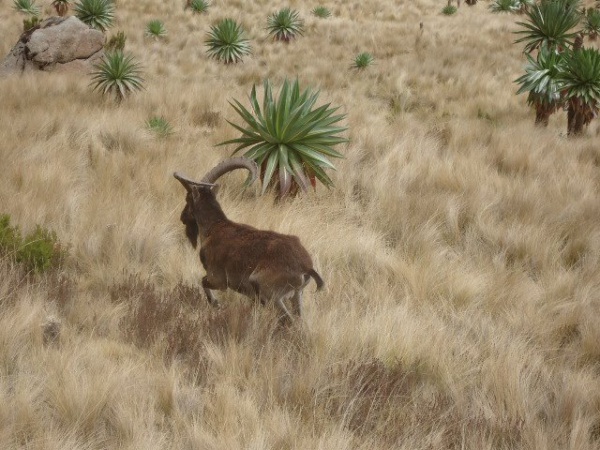Facts About Walia ibex
The Walia ibex, also known as the Abyssinian ibex, is a captivating and endangered species indigenous to Ethiopia's majestic Simien Mountains. Often regarded as a subspecies of the Alpine ibex, these unique animals face significant challenges. Presently, there are only about 500 Walia ibex left in the wild, primarily due to habitat loss, poaching, and their limited geographical range.
Predators also pose a substantial threat to the Walia ibex. Adult ibex are mostly hunted by hyenas, while younger ones fall prey to various foxes and wildcats.
In terms of appearance, Walia ibex are quite striking. They have coats that range from chocolate-brown to chestnut-brown. Males are larger, weighing between 80-125 kg, and are easily recognized by their impressive, backward-curving horns. Females also have horns, but theirs are shorter and thinner. These ibex typically live in herds, though older males often prefer solitude, joining the herd only during the breeding season.
The breeding season for Walia ibex occurs in late fall and early winter. Females usually give birth to one or two kids in the spring. The Walia ibex prefers steep, rocky cliffs at elevations between 2,500 and 4,500 meters. Their diet includes a variety of vegetation such as bushes, herbs, lichens, and grasses.
Despite their adaptability, the Walia ibex continues to face numerous threats. Habitat loss, hunting, livestock grazing, and road construction all jeopardize their survival. The establishment of the Simien Mountains National Park has provided a crucial sanctuary for the Walia ibex, but further conservation efforts are essential. The International Union for Conservation of Nature (IUCN) lists the Walia ibex as vulnerable and recommends forming a captive breeding program to help bolster their numbers.

 South Sudan
South Sudan